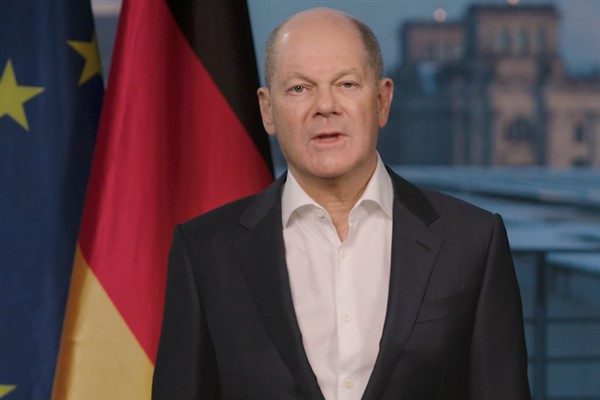According to the implementation communiqué published by the CBRT today; The central bank will buy 25% of all revenue from exporting goods as long as exporters receive payments in US dollars, euros or pounds. In this context, it is aimed to keep some of the revenues of exporters in lira and to support the Central Bank reserves. According to this;
· According to the Export Circular, 25% of the export value of the IBKB or the foreign currency linked to the DAB is sold to the IBKB or the Central Bank to the bank issuing the DAB, at the transaction rate on the date.
· US Dollar, Euro and British Pound accounts are opened with the Bank on behalf of the Central Bank, and the foreign currency purchased by the bank within the scope of this Implementation Instruction is notified and transferred to the Central Bank until 17:00.
· Foreign currencies transferred by the Bank to the Central Bank account are purchased by the Central Bank at the transaction rate.
· Turkish Lira amounts against foreign exchange purchase transactions are sent by the Central Bank to the bank's EFT center free of charge. For transactions that cannot be concluded until 17:30, Turkish Lira amounts are transferred to the required reserve account of the bank at the Central Bank.
There may be some implementation difficulties for exporters at the point of purchasing 25% of the revenue to be obtained and converting them into lira. On the other hand, there is a possibility of creating a certain amount of exchange rate mismatch, especially in exports related to imports, that is, in companies that have foreign exchange expenditures against foreign exchange inputs. This situation can also be challenging in meeting the import input costs, because there is a significant fluctuation in exchange rates. The fluctuation in exchange rates also increases the import costs from the supply of goods and inputs. As a result, the foreign exchange inflow decreases, the foreign exchange outflow increases and accordingly the dollarization trend increases. In order to overcome the exchange rate and maturity mismatch, companies have to hedging, but here, too, the element of derivative transaction costs comes into play.
Therefore, we understand that the main purpose of the circular is to reinforce the Central Bank reserves over the foreign exchange income of exporters and to enable exporters to convert their foreign currency inputs into lira.
Kaynak Tera Yatırım-Enver Erkan
Hibya Haber Ajansı





